Chevrolet Impala (2000-2020) firing order — diagram & guide
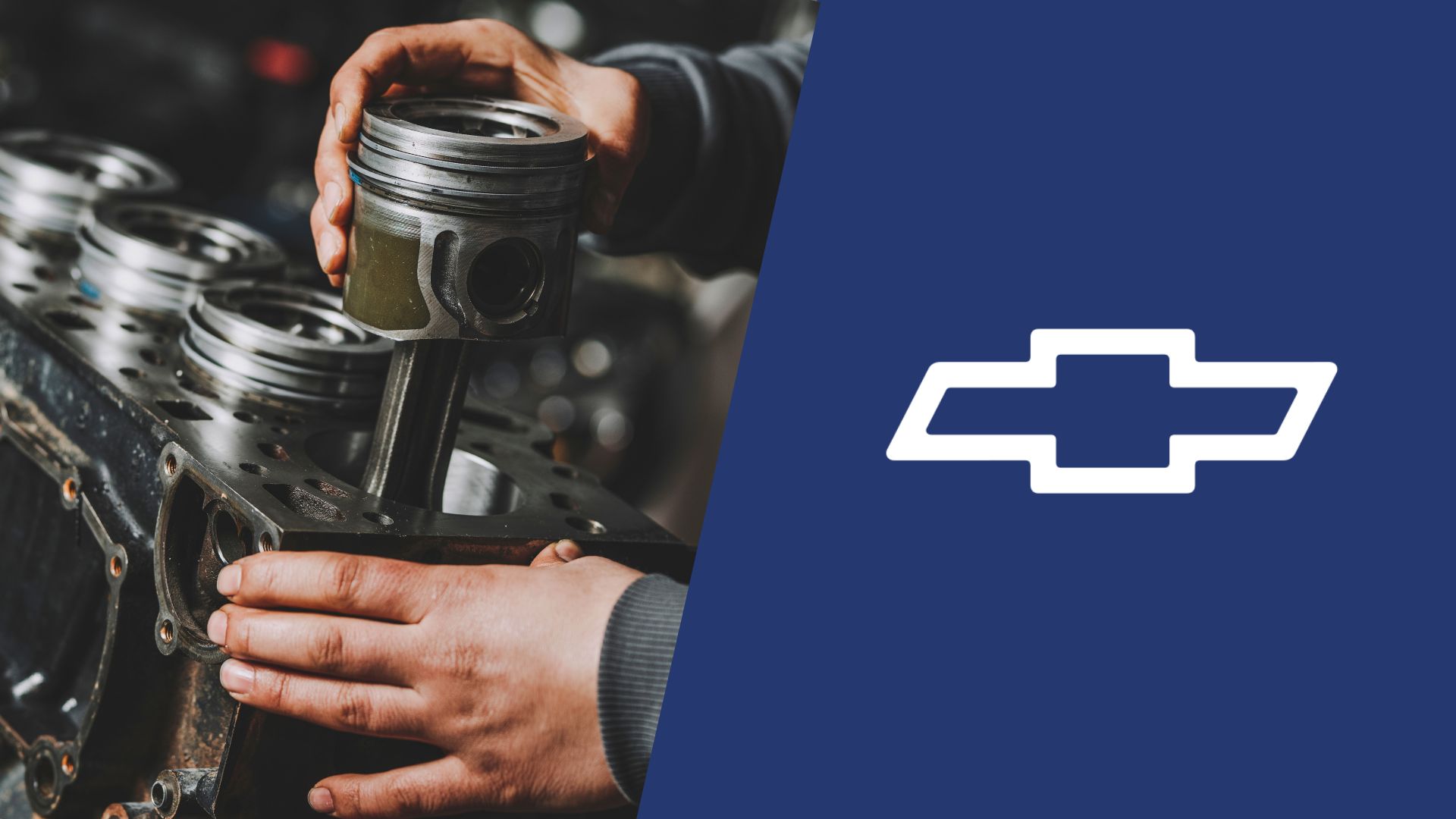
Chevy Impala has been one of the brand’s longest-running models ever since the 1950s, and it was recently discontinued in 2020. However, the vehicle type has changed over the years from a sports coupe to a large sedan and various engine options were used during the time of production.
So, our team wanted to clear things up a bit regarding the Chevy Impala (2000-2020) firing order and also give you some tips related to the engine configuration. If you wish to maintain the engine the old-school DIY way, this guide will give you all the necessary information to do so.
| CAR MODEL YEAR | ENGINE | FIRING ORDER |
|---|---|---|
| 2000-2005 Chevy Impala (8th Gen) | 3.4L V6 | 1-2-3-4-5-6 |
| 3.8L V6 | 1-6-5-4-3-2 | |
| 2006-2014 Chevy Impala (9th gen) | 3.5L V6 | 1-2-3-4-5-6 |
| 3.6L V6 | 1-2-3-4-5-6 | |
| 3.9L V6 | 1-6-5-4-3-2 | |
| 5.3L LS4 V8 | 1-8-7-2-6-5-4-3 | |
| 2015-2020 Chevy Impala (10th Gen) | 2.4L EcoTec | 1-3-4-2 |
| 2.5L EcoTec | 1-3-4-2 | |
| 3.6L LFX V6 | 1-2-3-4-5-6 |
Eighth-generation Chevy Impala (2000-2005) firing order
The 8th-gen Impala model is the closest one to modern-day drivers since it started production in the year 2000. It also featured some pretty decent engine options, out of which only a few engines had problems with cylinder misfires and ignition systems.
To be precise, two V6 engines were most commonly found under the 8th-gen Impala hood and we’ll guide you through firing details for both.
Chevy Impala 3.4L firing order
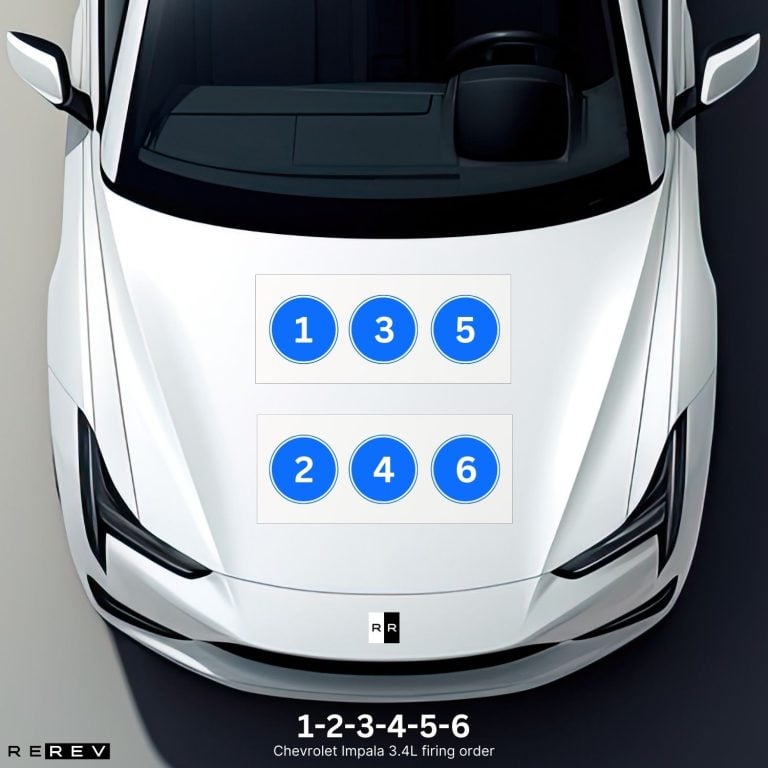
For the 3.4-liter V6 Impala, the firing order is 1-2-3-4-5-6 and that firing sequence followed through the generations of this Chevy model and its V6 engines. Of course, some of them were different such as the 3.8-liter engine we’ll discuss next, but most V6 options used this firing sequence.
To make things easier for drivers to apply the firing order, the cylinders are arranged in a pretty clear manner. The first cylinder is in the upper-side bank as the left-side cylinder, and cylinders 3 and 5 follow up to the right.
There’s a lower cylinder bank with cylinders 2, 4, and 6 as well right below this one, and cylinders are also numbered left to right here. Since it’s a transversely-placed engine, the first cylinder is the closest one to the passenger’s side of the windshield.
Chevy Impala 3.8L firing order
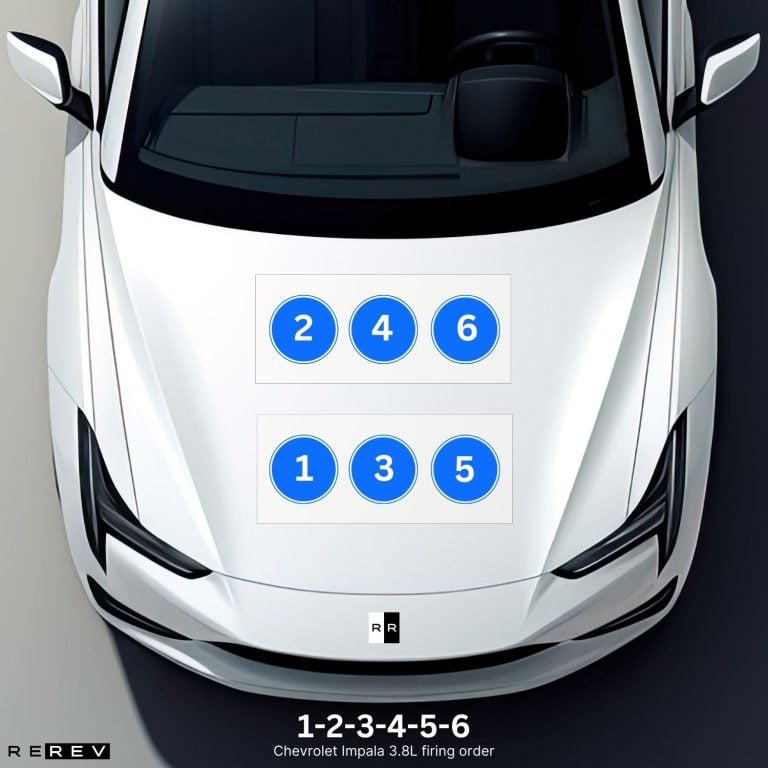
As yet another transverse V6 engine option, Chevy integrated the 3.8-liter six-cylinder under the hood of higher trims of the Impala. The Chevy Impala 3.8L firing order is 1-6-5-4-3-2 and that’s the first notable difference between this engine and the previous one.
However, there’s also a difference in the way the cylinders are arranged. Even though this one is also a transverse engine, the first cylinder is this time in the lower cylinder bank along with cylinders 3 and 5 from left to right.
The upper cylinder bank houses cylinders 2, 4, and 6 also looking from left to right, so the first cylinder is the lower passenger’s side one.
Ninth-generation Chevy Impala (2006-2014) firing order
For the ninth-generation model of the Impala, Chevy decided to replace the older 3.4-liter and 3.8-liter engines with more recent variations. So, three more V6 options were introduced along with the LS4 V8, so let’s take a closer look at their firing sequences.
Chevy Impala 3.5L firing order
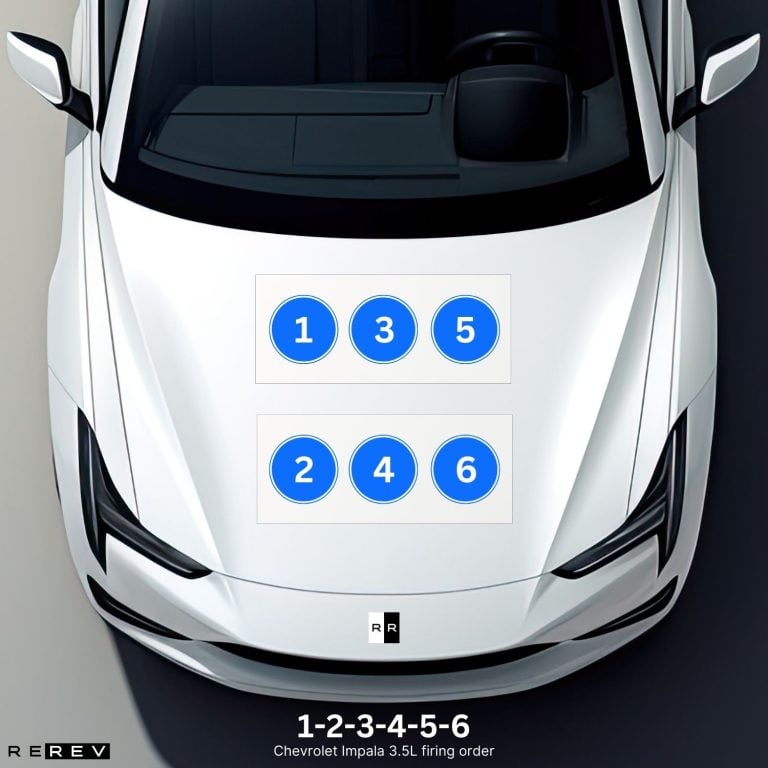
The 3.5-liter V6 engine was used as the base engine option for the Impala models after 2005. The Chevy Impala 3.5L firing order is 1-2-3-4-5-6, and the cylinders are transversely arranged within the engine bay.
In other words, you’ll find cylinders in the arrangement 1, 3, and 5 in the upper bank from left to right, and 2, 4, and 6 in the lower bank in the same order.
Chevy Impala 3.6L firing order
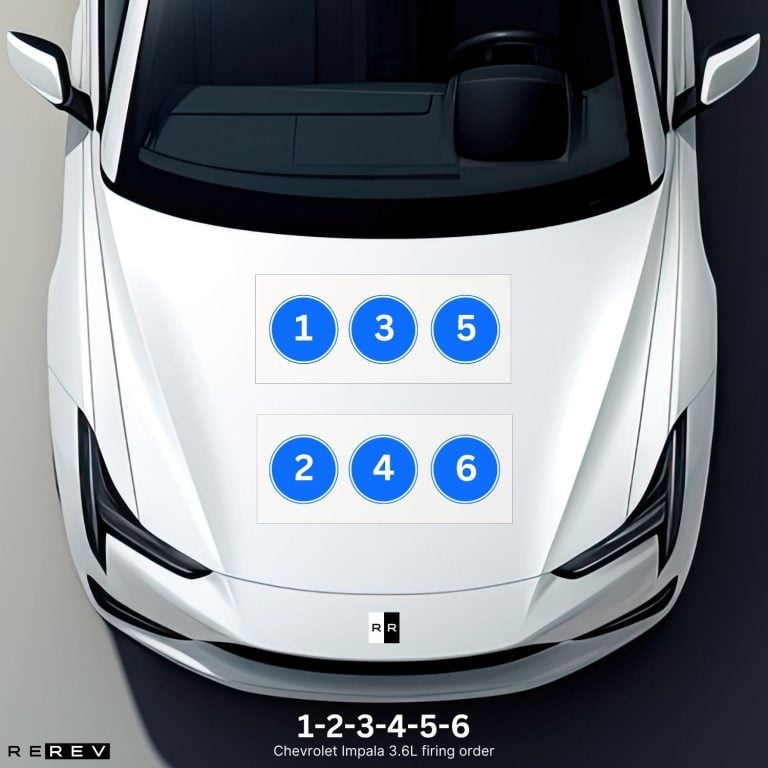
Even though the 3.5-liter V6 was a base Impala model engine, the 3.6-liter one was more commonly found and it’s the signature engine of this Impala generation. It’s one the most reliable Chevy’s V6 engines and the Chevy Impala 3.6L LFX firing order is 1-2-3-4-5-6.
Once again, the cylinders are transversely arranged and split into two banks – the upper one with cylinders 1, 3, and 5, and the lower one with cylinders 2, 4, and 6. It’s important to note that the firing sequences and cylinder placement of both the 3.5-liter and 3.6-liter LFX V6s are the same as for the older 3.4-liter V6 of the eighth-gen Impala.
Chevy Impala 3.9L firing order
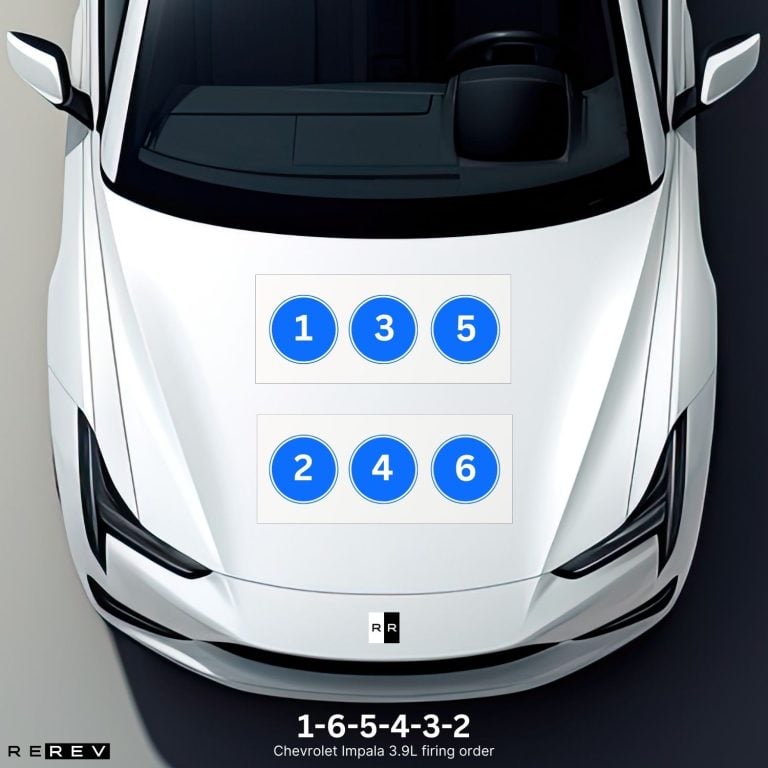
As the final V6 option for this generation of the Impala, Chevy also added the 3.9-liter engine. However, this one was different from the previous ones in regard to the firing sequence.
So, the Chevy Impala 3.9L firing order is 1-6-5-4-3-2 and the engine’s cylinders are placed in the same way as for the previous V6 – 1, 3, and 5 above, and 2, 4, and 6 below.
Chevy Impala 5.3L firing order
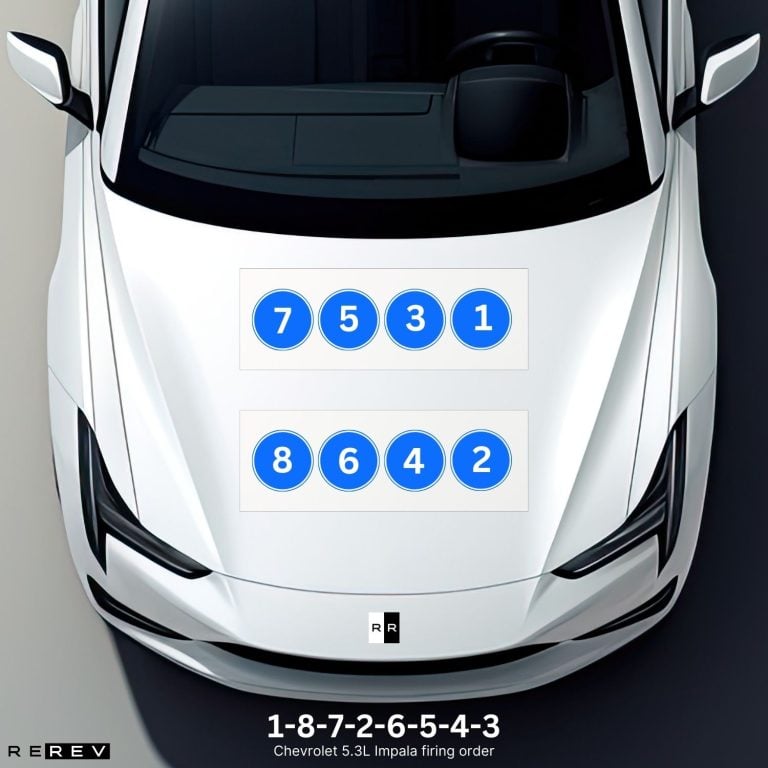
Now that we’ve cleared the path of the V6 engines, it’s time we discuss the most powerful Impala engine up to date – the 5.3-liter LS4 V8. This one was specifically used in the ninth-gen Impala and shouldn’t be confused with Chevy’s Vortec engine.
So, the Chevy Impala 5.3L firing order is 1-8-7-2-6-5-4-3, and cylinders are once again split into two cylinder banks. This time, each bank houses four cylinders and the unique thing about this engine is that it’s also transversely placed. It’s a rare occurrence for V8 engines, so you have cylinders 1, 3, 5, and 7 from right to left this time in the upper bank.
Cylinders 2, 4, 6, and 8 are placed from right to left in the lower bank, so the first cylinder is the upper-right one if you are looking at the engine from a mechanic’s perspective.
Tenth-generation Chevy Impala (2015-2020) firing order
The tenth-gen model was also the last generation of the Impala which ended the 70-year production run of this famous model. This time the base options were four-cylinder EcoTec engines with a single V6 option for higher trims, so let’s see what the differences are.
Chevy Impala 2.4L firing order
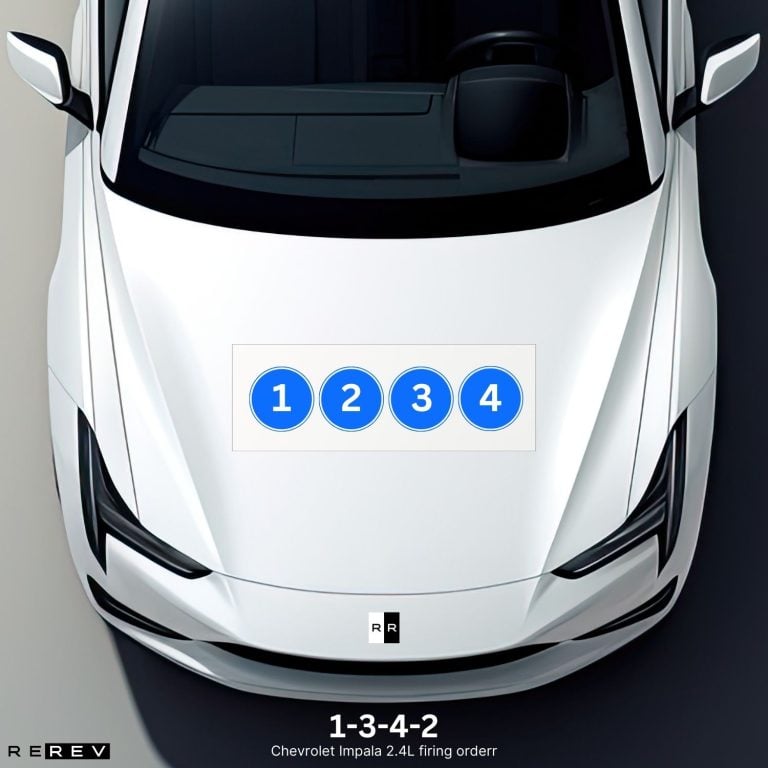
The base engine option for this generation of the Impala was the 2.4-liter EcoTec and this one had a simple 1-3-4-2 firing pattern. Plus, the cylinders are arranged in a straight pattern from left to right from 1 to 4, so it’s easy to maintain this engine and check up on it in case of misfires.
Chevy Impala 2.5L firing order
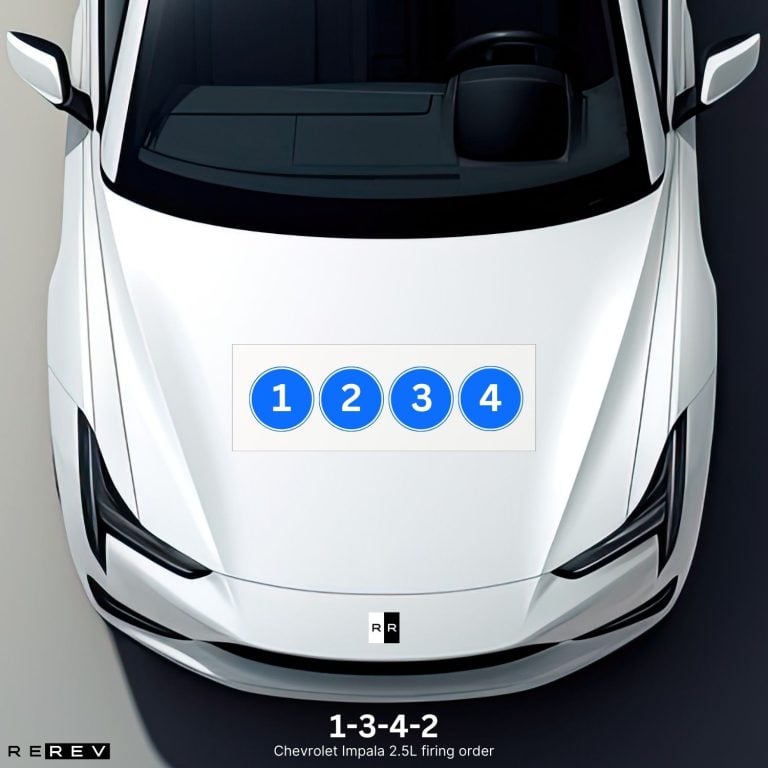
After a few initial years of production, the 2.5-liter four-cylinder engine was also added to the palette of the Impala engine options. This time the firing order was 1-3-4-2 and once again the cylinders were arranged 1, 2, 3, and 4 from left to right.
The only remaining option is the 3.6-liter LFX V6 but that one was re-introduced into the lineup and it has the firing order of 1-2-3-4-5-6. So, we won’t discuss this engine again as both the cylinder configuration and their firing pattern have remained the same from the previous generation of this LFX engine.
Our take
Over the years, the Impala has earned the status of a legendary car model and we hope to have helped those of you lucky enough to own the recent models maintain the engines properly.
Perhaps the later generations aren’t as iconic as the previous ones, but it’s still a car that will serve you well for hundreds of thousands of miles with proper maintenance, so make sure you consider the firing order next time you end up having cylinder firing issues.